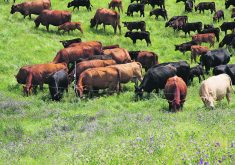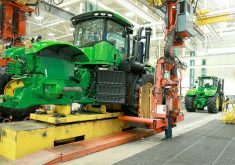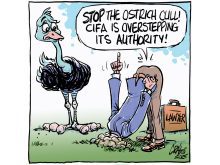I wish to commend you for the soil issue dated Dec. 30, 2010.
My experience of 57 years grain farming was interspersed with some 20 instructing engineering in Saskatoon. When I tried to acquire useful information about the land (my father had homesteaded nearby from 1904 so we accumulated 100 years of local lore) amateur archaeology gave me contact with several of the scientists mentioned in your paper.
I have the Soil Survey Report No. 12 your paper referred to. It led me to see the field notes taken for our land. I had learned topographic surveying and admired the accuracy with which soil boundaries were recorded when there were no topographic maps before the Second World War.
Read Also

Budget seen as fairly solid, but worrying cracks appear
The reaction from the agriculture industry to prime minister Mark Carney’s first budget handed down November 4th has been largely positive.
My land includes strandlines that developed as the glacial lake receded. These are minor shores with sandy B-zone showing up with stunted crop.
I had gone along with the averaged soil sampling and found separating these between soil boundaries seemed to bear benefits. Located at the elevations where sloughs did not exist, I learned to recognize podsolic depressions with the ash-grey Bzone, which supported aspens but no willows. A soils man later told me about how he guessed soil association in the field by native plants.
Forgive my preamble: I began to comment on the soil issue, the role of soil bacteria, chemical farming and the technology now being introduced. My generation had little exposure to this, growing up when mixed farming was key to success. …
T.R. Smith,Pathlow, Sask.














